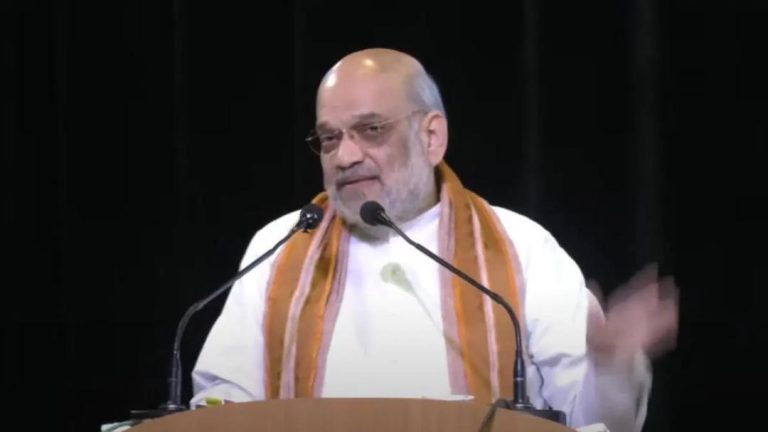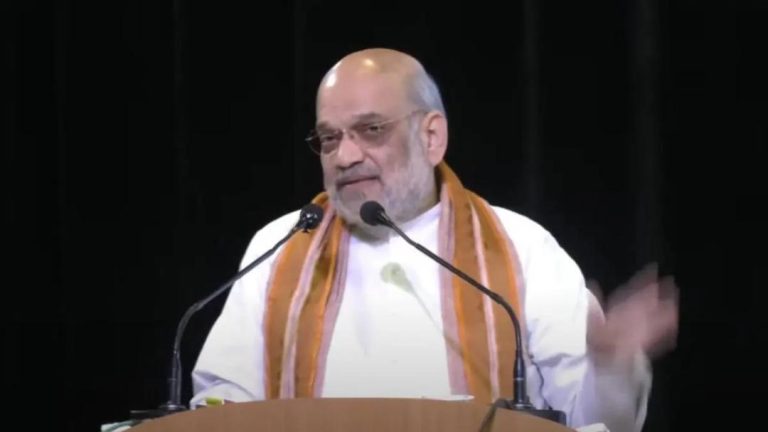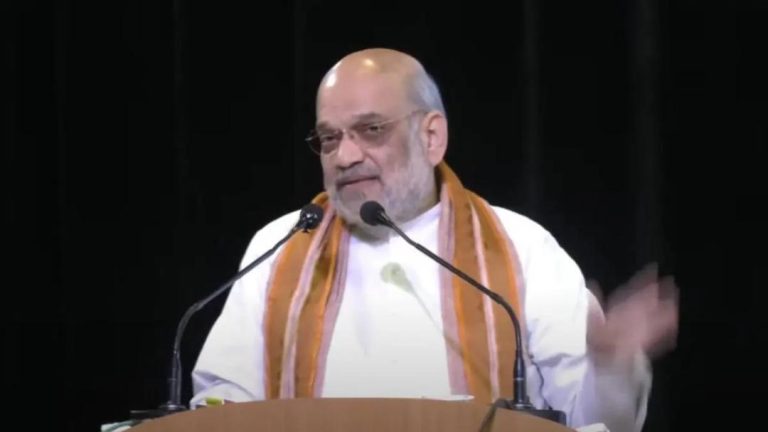
ISRO & SCL Develop 32-bit Microprocessors for Space Applications
The Indian Space Research Organisation (ISRO) and the Semiconductor Laboratory (SCL) in Chandigarh have made a significant breakthrough in the field of space technology by jointly developing two 32-bit microprocessors, VIKRAM3201 and KALPANA3201. These microprocessors have been specifically designed for space applications and have the potential to revolutionize the way spacecraft are designed and operated.
According to ISRO, VIKRAM3201 is the first fully “Make-in-India” 32-bit microprocessor that is qualified for use in the harsh environmental conditions of launch vehicles. This is a significant achievement, as it showcases India’s capabilities in developing high-tech components that can withstand the extreme conditions of space travel.
So, what exactly are these microprocessors, and what makes them so special?
What are Microprocessors?
A microprocessor is the brain of a computer system, responsible for executing instructions and performing tasks. In the context of space applications, microprocessors are critical components that enable spacecraft to perform complex tasks, such as navigation, communication, and data processing.
The Significance of 32-bit Microprocessors
Microprocessors are classified based on the width of their data bus, which determines the amount of data they can process at a time. A 32-bit microprocessor, for example, can process 32 bits of data (or 4 bytes) simultaneously. This is an important consideration in space applications, where data processing and transmission are critical.
In space applications, 32-bit microprocessors offer several advantages over 8-bit or 16-bit microprocessors. They can process more data at a time, which enables faster data transmission and processing. This is particularly important in applications where data transmission times are critical, such as in satellite communications.
The VIKRAM3201 and KALPANA3201 Microprocessors
The VIKRAM3201 and KALPANA3201 microprocessors are designed to operate in extreme temperatures, radiation, and vibration, making them suitable for use in space applications. They are fabricated using 0.35-micron CMOS technology and have been tested to operate in temperatures ranging from -55°C to 125°C.
The VIKRAM3201 microprocessor has a clock speed of 25 MHz and has been designed to operate in real-time environments. It has a memory interface that supports up to 64 MB of RAM and has been tested to operate in harsh environmental conditions.
The KALPANA3201 microprocessor, on the other hand, has a clock speed of 50 MHz and has been designed to operate in high-reliability applications. It has a memory interface that supports up to 128 MB of RAM and has been tested to operate in extreme temperatures and radiation.
The Importance of “Make-in-India” Initiative
The development of VIKRAM3201 as a “Make-in-India” product is significant because it showcases India’s capabilities in developing high-tech components that can compete with international standards. The “Make-in-India” initiative aims to promote domestic manufacturing and reduce dependence on foreign imports.
The development of VIKRAM3201 is a testament to India’s growing capabilities in the field of space technology and electronics. It demonstrates that Indian industries are capable of producing high-quality components that can meet international standards.
Future Prospects
The development of VIKRAM3201 and KALPANA3201 microprocessors has significant implications for India’s space program. These microprocessors can be used in a variety of space applications, including navigation, communication, and data processing.
In the future, these microprocessors can be used in a range of applications, including:
- Navigation systems: VIKRAM3201 and KALPANA3201 microprocessors can be used in navigation systems to enable precise positioning and tracking.
- Communication systems: The microprocessors can be used in communication systems to enable fast and reliable data transmission.
- Data processing systems: The microprocessors can be used in data processing systems to enable fast and efficient data processing.
Conclusion
The development of VIKRAM3201 and KALPANA3201 microprocessors by ISRO and SCL is a significant achievement that showcases India’s capabilities in developing high-tech components for space applications. These microprocessors have the potential to revolutionize the way spacecraft are designed and operated and will play a critical role in India’s future space missions.
Source:






